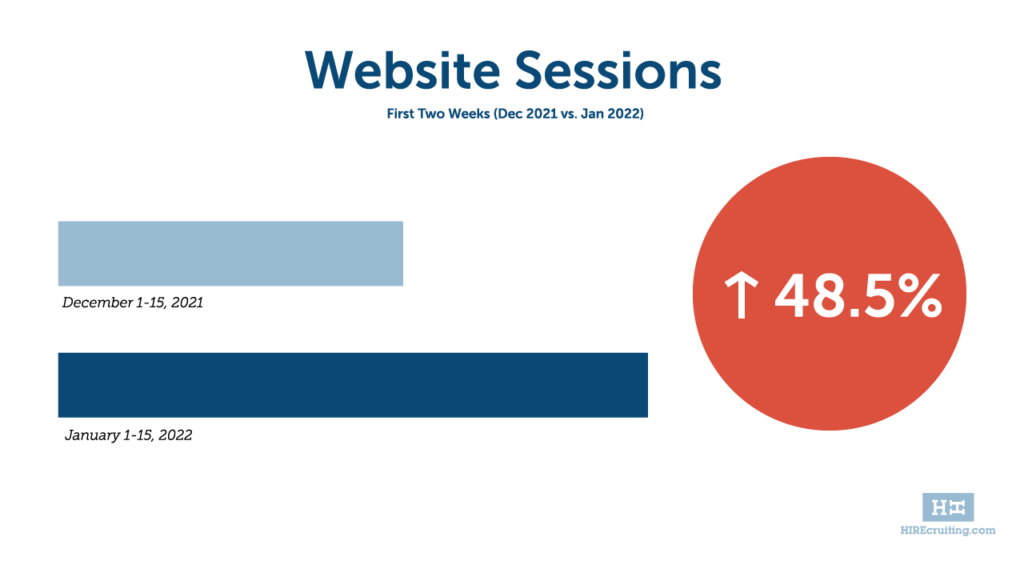Elevating Your Hiring Process With Texting
Elevating Your Hiring Process With Texting
In a world of constant communication and more spam emails and robocalls than ever before, it is easy for communications with prospective candidates to get lost in the shuffle. Despite having long utilized email and phone calls to engage candidates, both methods are becoming increasingly unreliable. Roughly 17% of all emails go to spam, and, of the emails that land in an inbox, 35% are never opened or read. Phone call statistics are similarly drastic, as 47% of all calls Americans receive go unanswered, and 76% of all calls are unanswered when coming from an unidentified number.
Despite these challenges, our recruiters continue to be able to reliably communicate with candidates by utilizing texting in the recruiting process. Katie Crillo, Recruiting Account Manager at Hunter Recruiting, utilizes texting daily: “Texting is a quick, convenient way to streamline communication for busy job seekers throughout the entire application process, whether this is scheduling an interview or answering their initial questions about the role. Implementing texting in the recruiting workflow has led to faster time to fill and increased candidate response rates.”
Read on about the benefits of texting with candidates and why it is a great complement to email and phone calls.
100% Deliverability Rate: With no spam filter or call blocking features for text messaging, messages are delivered to candidates 100% of the time. Additionally, unlike with email, there are no internet connectivity issues to hinder the timely delivery of messages.
Higher Open Rates: In contrast to emails, texts have a 98% open rate and a 45% response rate (emails are responded to 6% of the time), drastically increasing the likelihood of candidate engagement.
Ease of Communication: Given the lack of formality required in text messages, as opposed to emails, and the quick and short nature of text messages, communication between recruiters and candidates is easier via text. Texting is also less obtrusive and more discrete (especially for candidates who are currently employed elsewhere!), making it easier and faster to communicate.
Quicker Response Time: Text messaging is a near-instant way to communicate, which elicits quicker response time. Additionally, given the short nature of text messages it takes far less time to complete than an email or phone call, making it easier for candidates to respond to messages throughout the course of their day.
Scalability: Phone calls are the most personal form of communication but are not scalable. By contrast, text communication can be automated allowing a message from an individual recruiter to reach hundreds of prospective candidates within seconds. This provides an effective and personal method of initial outreach to any number of candidates at a time.
Less competition: The average person has hundreds of unread emails in their inbox, which is not the case with texts. Thus, text messages have less competition and are far less likely to be overlooked or to get lost in an inbox.
The increased use of texting and familiarity with texting as a primary form of communication, has made texting a highly effective complement to traditional emailing and phone calling throughout the candidate lifecycle.
How are you utilizing SMS communication in your recruiting process?







